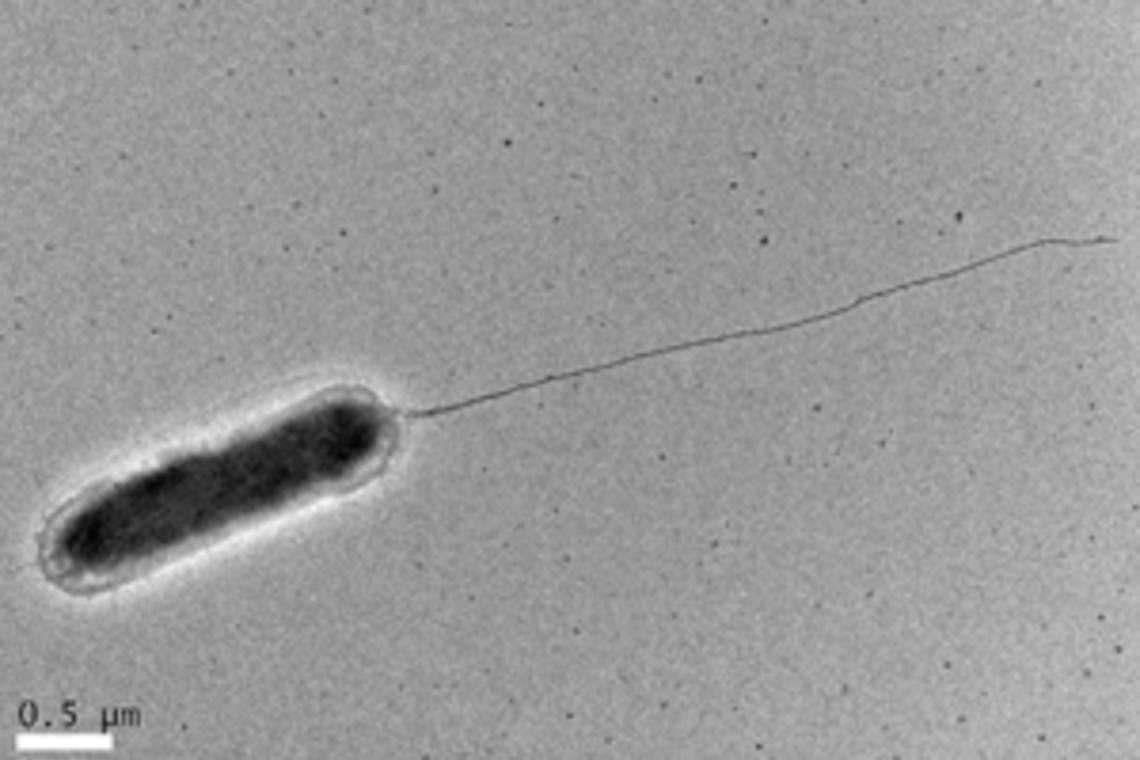Metabolically versatile microorganisms feed the hydrothermal ecosystem
Persephonella atlantica was isolated from a small deep-sea hydrothermal chimney of the Eiffel tower site at Lucky Strike vent field. This small bacteria from the genus Persephonella, little Persephone in Greek, was first discovered in the Pacific Ocean by (Gotz et al, 2002). Persephone was a mythological Greek goddess who spent half of each year in the Underworld and brought fertility as she returned on land.
Persephonella atlantica can grow at a temperature ranging from 50 to 80°C and as for Persephone this bacteria feeds the inhabitants of the hydrothermal ecosystems: Persephonella atlantica uses the oxygen from the surrounding seawater and the reduced elements of the hydrothermal fluid (H2, S°) to fix carbon dioxide. This organic matter feeds to the upper trophic levels like other microorganisms and animals. Metabolically versatile, it will quickly respond to any change in physico-chemical conditions within the chimney by modifying its metabolisms and physiology, adjusting, for intance, its optimal growth temperature.
← Read the 10 success stories published to celebrate 10 years of monitoring on EMSO-Azores → |
Reference
Gotz D, Banta A, Beveridge TJ, Rushdi AI, Simoneit B, Reysenbach AL (2002) Persephonella marina gen. nov., sp. nov. and Persephonella guaymasensis sp. nov., two novel, thermophilic, hydrogen-oxidizing microaerophiles from deep-sea hydrothermal vents. Int J Syst Evol Microbiol 52 (4):1349-1359
François, D., Godfroy A., Mathien C., Aubé J., Cathalot C., Lesongeur F., Stéphane L’Haridon S., Philippon X. and Roussel. E. G. *Persephonella atlantica sp.nov.: how to adapt to physico-chemical gradients in high temperature hydrothermal habitats. Systematic and Applied Microbiology, Submitted



